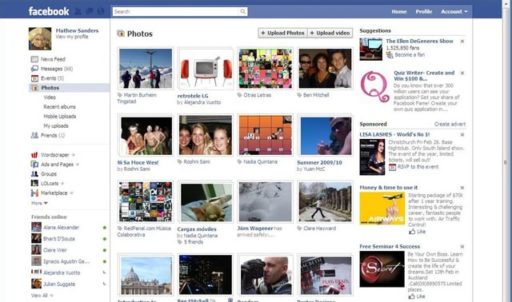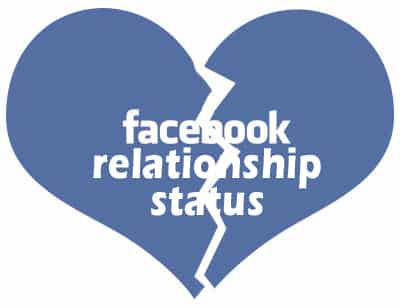A lot of research is being done on Twitter to dig out the real-world trends. These trends are widely varied, ranging from health to social dispositions of the people and a lot more. Now, a team of researchers claims that they can used the micro-blogging website to accurately track disease and based on this, predict it too.
Basically, the researchers have tried to create a ‘heat map’ of users who complain to be sick through their tweets. By congregating and sorting the relevant tweets, the researchers are able to tell which region is suffering from what disease.
As a test case, researchers have tried to generate a heat map of how the flu spread in New York. This has been done through data from Twitter. In the map, the low outbreak levels are indicated as blue whereas yellow and red denote a much larger number of affected people.
To bring together this model, Adam Sadilek at the University of Rochester and his fellow researchers had to dig into a massive data of 4.4 million GPS-tagged tweets from more than 600,000 users in NY City. This was one month’s data which was being used for the research.
According to Sadelik, “We apply machine learning and natural language understanding techniques to determine the health state of Twitter users at any given time. Since a large fraction of tweets is geo-tagged, we can plot them on a map, and observe how sick and healthy people interact. Our model then predicts if and when an individual will fall ill with high accuracy, thereby improving our understanding of the emergence of global epidemics from people’s day-to-day interactions.”
Imagine the team taking a data from multiple months and mapping the disease outbreaks more accurately. This can indeed be used, in the future, to predict the regions in which different diseases may spread, on the basis of data from the past.
Source: Daily Mail
Courtesy: UG
[ttjad keyword=”all-in-one-desktops”]




